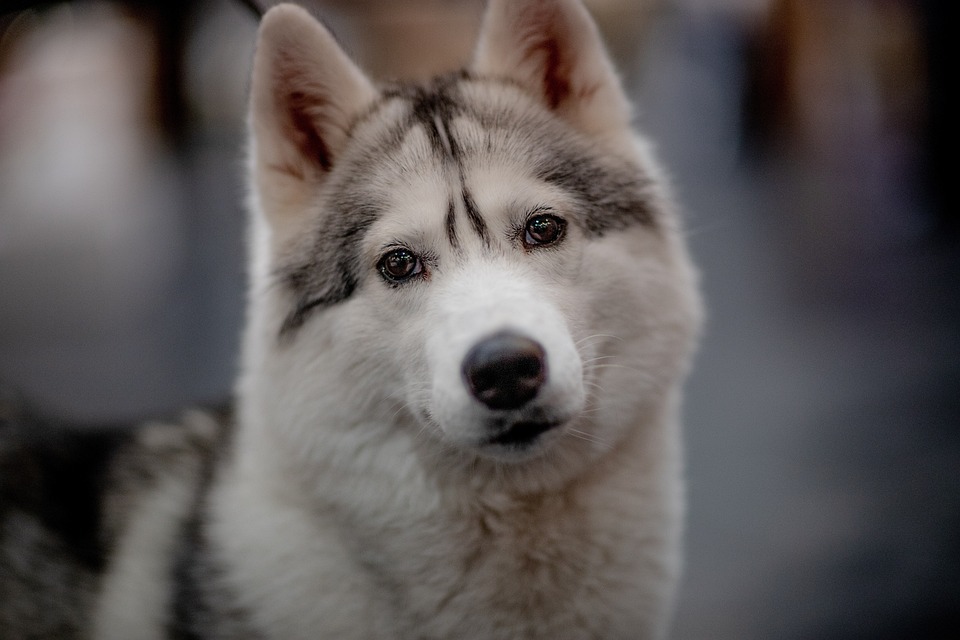Excessive panting in dogs can be a cause for concern, as it may indicate an underlying issue. As responsible dog owners, it’s essential to understand the common causes, recognize the symptoms, and know how to address excessive panting in our furry friends.
One common reason behind excessive panting is heat and overexertion. Dogs pant to regulate their body temperature, and it’s normal for them to pant heavily when exposed to high temperatures or engaged in vigorous exercise. However, if your dog is panting heavily in a cool environment or after minimal activity, it could be a sign of an issue.
Stress and anxiety can also cause dogs to pant excessively. This can occur during thunderstorms, fireworks, separation anxiety, or when introduced to new environments or situations. Understanding and managing your dog’s triggers can help alleviate their stress and reduce excessive panting.
Panting can also be an indication of pain or discomfort. It could be due to an injury, arthritis, dental problems, or an underlying medical condition. Assessing your dog’s overall health and consulting with a veterinarian is crucial to identify and address any potential issues.
Certain respiratory conditions such as allergies, infections, or obstructions may also cause excessive panting in dogs. If you notice other symptoms like coughing, wheezing, or difficulty breathing, it’s important to seek veterinary care promptly.
It’s worth noting that certain medications, such as corticosteroids, may cause increased panting as a side effect. Additionally, medical conditions like Cushing’s disease or heart problems can contribute to excessive panting. It’s essential to consult with a veterinarian to determine the best course of action if your dog is on medication or has an underlying medical condition.
To effectively address excessive panting, it’s crucial to recognize the associated symptoms. Rapid or heavy breathing that persists even in cool environments, panting without any apparent cause, and panting accompanied by unusual behaviors such as restlessness or aggression are signs to watch out for. Changes in appetite or drinking habits and noticeable changes in gum color should also be taken seriously.
Addressing excessive panting in dogs involves providing a cool and comfortable environment. Ensure your dog has access to shade and consider using fans or air conditioning to regulate the temperature indoors. Managing stress and anxiety by identifying triggers, providing a safe space, and using calming aids or professional guidance can also help reduce excessive panting.
Regular exercise and mental stimulation are important for a dog’s overall well-being and can help reduce anxiety-related panting. However, be cautious not to overexert your dog, especially in hot weather. Proper dental care, routine health check-ups, and avoiding overmedication are also crucial in addressing excessive panting.
It’s important to note that while excessive panting can be normal in certain situations, if it occurs without an apparent cause or is accompanied by other symptoms, it is advisable to consult with a veterinarian. Heavy panting after exercise is usually normal, but if your dog struggles to recover, has difficulty breathing, or exhibits other concerning behaviors, seek veterinary assistance.
Differentiating between normal and excessive panting can be done by observing the pace and persistence of panting. Normal panting should subside once your dog has cooled down, while excessive panting persists even in cool environments or occurs without any apparent cause.
Brachycephalic breeds with short snouts, such as Bulldogs and Pugs, are more prone to excessive panting due to their difficulty breathing. However, excessive panting can affect any breed.
If your dog’s excessive panting is accompanied by other concerning symptoms, persists even in cool environments, or if you’re unsure of the cause, it’s best to consult with a veterinarian for a thorough evaluation.
By understanding the reasons behind excessive panting and promptly addressing any potential issues, we can ensure the well-being and comfort of our furry companions.









